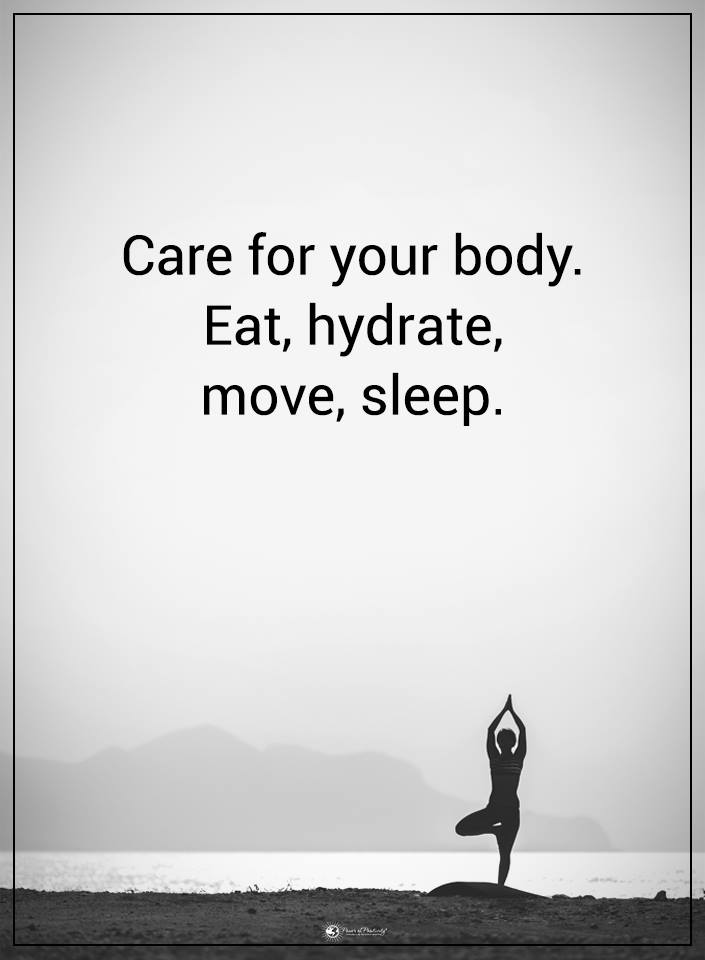We all wonder what will happen to us when we leave this world, and no matter how much we think about it, none of us truly knows the answer. Unless, of course, you’ve died and come back to life.
Many of us can’t even fathom what life after death will entail, but one lady who literally came back to life after dying from Stage 4 cancer says she had a very enlightening and surreal experience on the other side.
We will talk more about her inspiring story below, and how her experience changed her life for the better.
Powerful Advice From A Woman Who Came Back After Dying From Cancer
After being diagnosed with Hodgkin’s Lymphoma and fighting the cancer for four years, Anita Moorjani actually died and came back to life, seemingly healthy and without any cancer. Doctors couldn’t believe it, but they think Moorjani’s body responded quickly to the chemo, which brought her back to life.
However, when Moorjani woke up one morning and realized she couldn’t move her body, her husband rushed her to the hospital. The doctors gave her only 36 hours to live, as the lymphoma had worsened to Stage 4 cancer. Her organs had already begun to fail, and things started to look pretty grim for Moorjani.
After she eventually lost consciousness, Moorjani realized she still could comprehend her environment and maintain awareness. She heard the conversations between doctors and her husband, and could even see her brother preparing to board his flight in India to come visit her in the Hong Kong Hospital.
However, the rest of her story is what made her experience so life-changing:
“… I actually “crossed over” to another dimension. I was engulfed in a total feeling of love. I also experienced extreme clarity of why I had cancer, why I had come into this life in the first place, what role everyone in my family played in my life in the grand scheme of things, and how life works in general.”
“The clarity and understanding I obtained in this state is almost indescribable. Words cannot describe the experience. I was at a place where I understood how much more there is than what we are able to conceive in our three-dimensional world. I realized what a gift life is, and that I was surrounded by loving spiritual beings, who were always around me even when I did not know it.”
Not only had Moorjani technically died and come back to life, but the cancer that killed her had totally disappeared. Doctors couldn’t believe it, and actually made her stay to take a battery of tests before they released her.
“The doctors were very confused, but told me it must have been a rapid response to the chemo. Because they themselves were unable to understand what was going on, they made me undergo test after test, all of which I passed with flying colors. Clearing every test empowered me even more! I had a full body scan, and because they couldn’t believe they didn’t find anything, they made the radiologist repeat it again!”
Others who have died and come back to life or had a near-death experience usually report similar feelings and experiences. The International Association for Near-Death Studies classifies a near-death experience (NDE) as “a distinct subjective experience that people sometimes report after a near-death episode. In a near-death episode, a person is either clinically dead, near death, or in a situation where death is likely or expected.”
Doctors think Moorjani had a near-death experience, but even though others have had similar experiences, Moorjani’s is even more surreal since she actually died and came back to life.
Related article: Powerful Advice From A Dying 24 Year Old
If you’d like to hear more about her experience and story, you can watch the video below, where she explains how dying and coming back to life totally changed how she sees the world and what she considers important in this lifetime.



 1. Rubbing Your Eyes
1. Rubbing Your Eyes 10. Sleeping With Your Makeup On
10. Sleeping With Your Makeup On Final Thoughts on Surprising Things That Damage Your Eyesight According to an Ophthalmologist
Final Thoughts on Surprising Things That Damage Your Eyesight According to an Ophthalmologist



